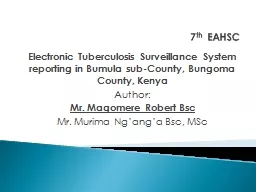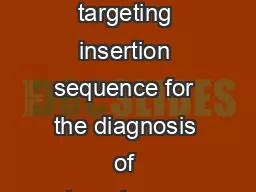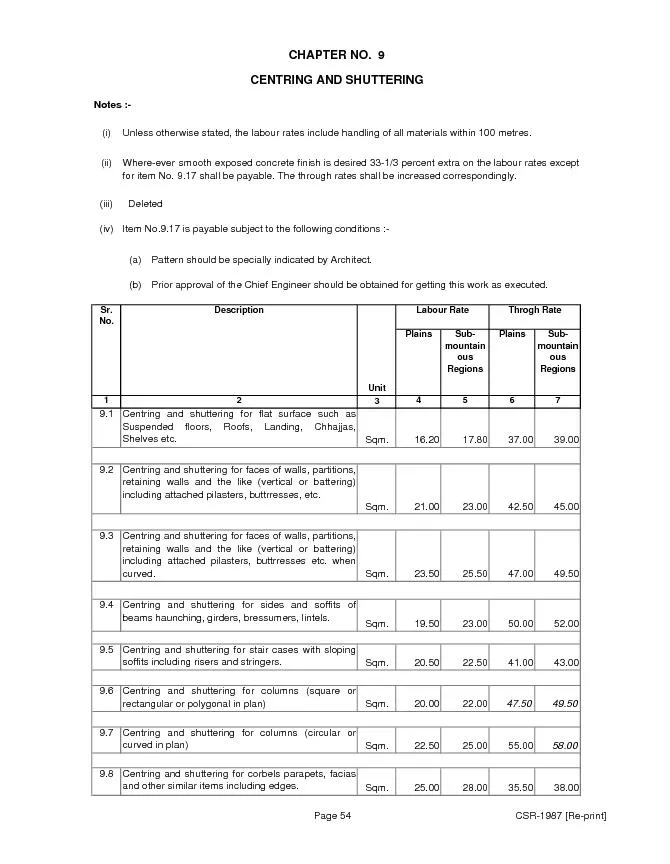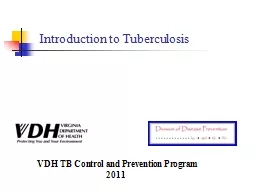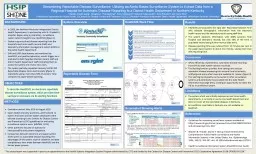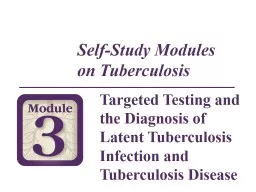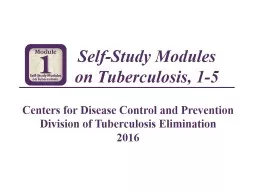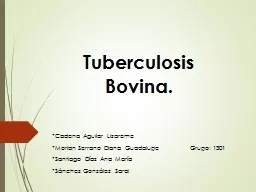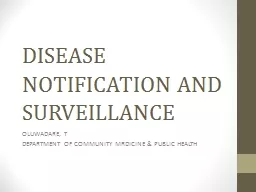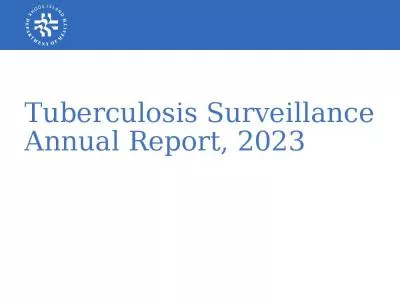PPT-7 th EAHSC Electronic Tuberculosis Surveillance System reporting in Bumula sub-County,
Author : motivatorprada | Published Date : 2020-10-22
Author Mr Magomere Robert Bsc Mr Murima Nganga Bsc MSc Introduction Objective Materials amp Methods Results Conclusion Recommendation Presentation outline
Presentation Embed Code
Download Presentation
Download Presentation The PPT/PDF document "7 th EAHSC Electronic Tuberculosis Su..." is the property of its rightful owner. Permission is granted to download and print the materials on this website for personal, non-commercial use only, and to display it on your personal computer provided you do not modify the materials and that you retain all copyright notices contained in the materials. By downloading content from our website, you accept the terms of this agreement.
7 th EAHSC Electronic Tuberculosis Surveillance System reporting in Bumula sub-County,: Transcript
Download Rules Of Document
"7 th EAHSC Electronic Tuberculosis Surveillance System reporting in Bumula sub-County,"The content belongs to its owner. You may download and print it for personal use, without modification, and keep all copyright notices. By downloading, you agree to these terms.
Related Documents

